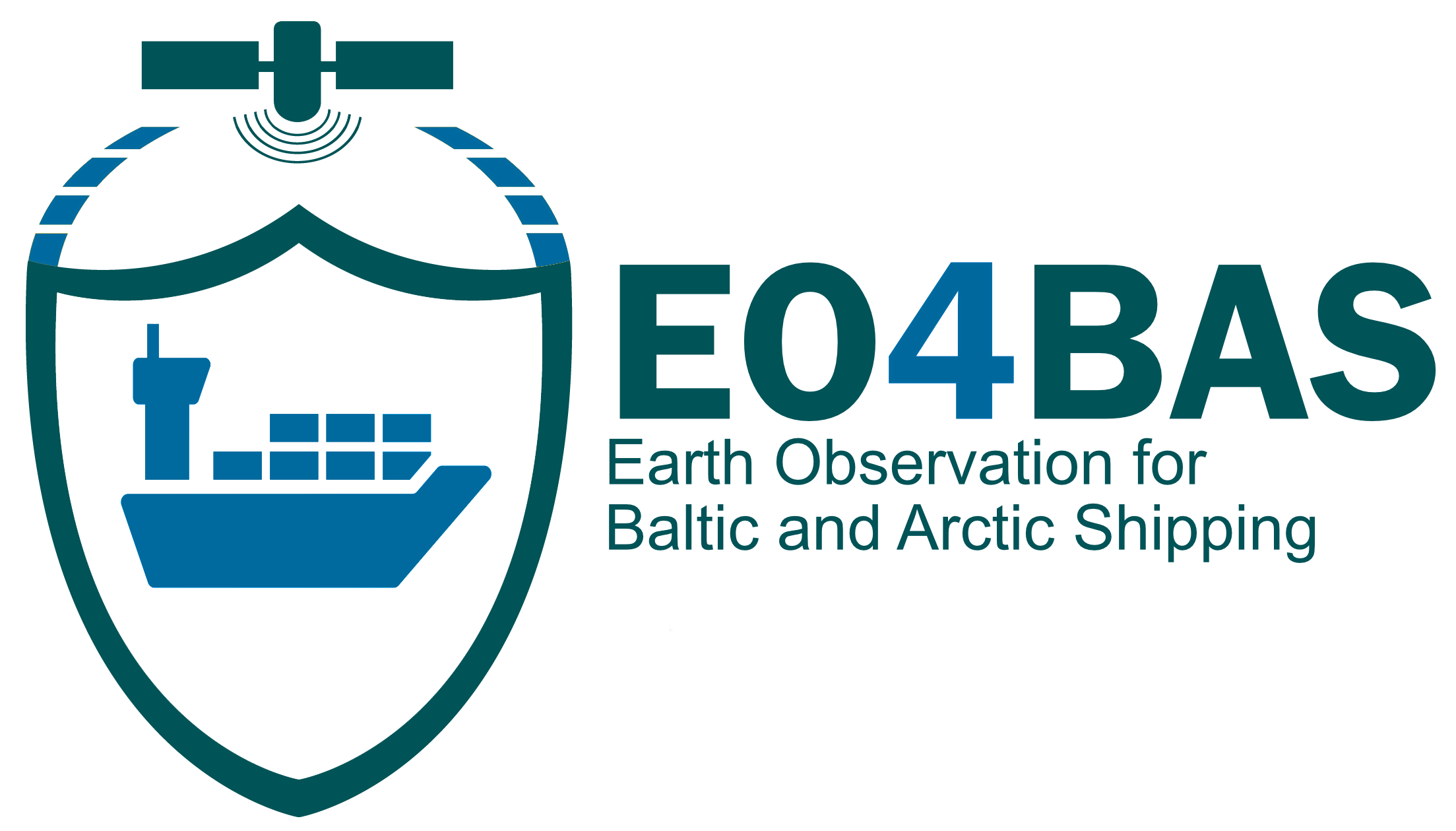EO Products / Link to pagePicture Emissions to air
The maps show (on the left) the concentration of nitrogen dioxide (NO2), see https://www.esa.int/Applications/Observing_the_Earth/Copernicus/Sentinel-5P/Nitrogen_dioxide_pollution_mapped in connection with vessel traffic identified (on the right) with global AIS data (DNV all rights reserved).
Product Description
Description
Product Specifications
Table
Even though various methods are used to assess ships’ pollution in ports and off the coastal areas, monitoring over the open sea has been infeasible until now Ship tracks can be observed by satellites. Ship tracks are cloud trails formed by particles and gases emissions from ships. Both NOx and SOx are combustion products that are emitted into the environment in the form of smoke, their emission change as a function of load operation, fuel type, etc... MARPOL Annex VI is strictly followed to have the air pollution under control limits.
Nitrogen Dioxide (NO2)
Combustion engines from ships are a major source of NO2 pollution. NO2 is a member of the NOx family (NOx = NO + NO2), where Nitrogen Oxides (NOx) is the collective name for nitrogen oxide (NO) and nitrogen dioxide (NO2), (EEA, 2023). About 15%-30% of total NOx emissions originate from shipping. Starting from 2021, the International Maritime Organization (IMO) has further tightened the NOx emission constraints for diesel engines of newly built ships operating in the North and Baltic Sea (Kurchaba et al., 2021)
Satellite technology has been used to map NO2 traces from shipping activities. Attribution of plumes are possible when the concentrations are sufficiently stronger than the NO2 background concentration. Therefore, possible mainly during conditions of low dispersions or when plumes are coming from larger ships were assessable.
Sulphur Dioxide
Most ships use heavy fuel oil as fuel. Fuel oil has a relatively high sulphur content compared to other types of fuel, and the sulphur is emitted with the ship's exhaust gas in the form of sulphur dioxide (SO2). In 2008, United Nations' International Maritime Organization (IMO) adopted MARPOL Annex VI, which regulates the sulphur content of ships' fuels. The global upper limit for the permitted sulphur content in fuel is 3.5 per cent, but in October 2016 the IMO adopted a sulphur content limit of 0.5 per cent from 2020. Especially low limits of 0.1 per cent have been introduced in so-called SECAs (Sulphur Emission Control Areas), including area along the North American coasts, parts of the Caribbean Sea, the North Sea and the Baltic Sea.
To comply with these regulations, it is necessary to use fuel with a low sulphur content or alternative fuels such as liquefied natural gas (LNG), batteries and others. Another option is to clean the smoke containing sulphur by means of a so-called scrubber (smoke gas cleaning system)
Product Specifications
| BUSINESS PROCESS | SCE, IN, ELD |
DESCRIPTION | Exhaust gases from ships are a significant source of air pollution, including sulfur dioxide, nitrogen oxide, particulate. |
EO INFORMATION OF INTEREST | NO2, SO2 |
MAIN PROCESS STEPS | Step 1: Fitting the differential absorption cross-sections to the measured sun-normalized Earth radiance spectrum. This step provides the slant column density of the trace gas. Step 2: Using the slant column density, the Air Mass Factor (AMF) is calculated to translate it into a vertical column density. |
INPUT DATA SOURCE | OMI, TROPOMI |
SPATIAL RESOLUTION AND COVERAGE | OMI: 13x24 km2 minimum pixel size Tropomi: 5.5x3.5km2 |
ACCURACY / CONSTRAINS | Wind can disperse plumes and make difficult identification of ship source |
LIMITATIONS | Cloud cover in summertime and solar illumination in wintertime. For source allocation dispersion and signal to noise ratio are strong determinants. AIS, wind data (10m at 0.25 degrees) can be added as layers together with algorithms providing a better isolation of the background to increase the enhancement of the ship signature. Sensors ERS-2, MetOp_a to be added for improved source accounting. Risks of misuse without remote sensing education |
TEMPORAL RESOLUTION | Approx. daily |
UPDATE FREQUENCY | daily |
DELIVERY / OUTPUT FORMAT | NetCDF-3, NetCDF-4 |
ACCESSIBILITY |
Business Process Challenges
Ship Certification (SCE) Challenges
Business Process Challenges
Ship Design (SD) Challenges
- SD-1 Environmental Conditions
- SD-2 Defining Ice Class for Vessels
- SD-3 Vessel Concept, dimensions, and design
- SD-4 Material Selection in Ship Design Phase
- SD-5 Deciding design temperature (based on intended operations)
Ship Construction (SC) Challenges
- SC-1 Lifting Operations
- SC-2 Tow Operations
- SC-3 Planning of Sea Trials Outside of Ice Season
- SC-4 Avoiding Ice During Sea Trials
- SC-5 Planning of Sea Ice Trials
- SC-6 Finding Suitable Ice During Sea Trials
- SC-7 Ship Operation in Ice During Sea Trials
Ship Certification (SCE) Challenges
- SCE-1 Defining Operational Limit Temperatures
- SCE-2 Icing Prediction for Vessel Certification
- SCE-3 Risk Assessment for Operations in Ice
- SCE-4 Strategic Planning using Polaris
- SCE-5 Monitoring Ship Icing Conditions During Voyage
- SCE-6 Monitoring Sea Ice Conditions During Voyage
- SCE-7 Defining Design Parameters for Ship Class Rules
- SCE-8 Ship Emission Monitoring
- SCE-9 Ship Monitoring, Location and Operation
- SCE-10 Oil and Substance Spill Monitoring
Insurance (IN) Challenges
- IN-1 Incident InvestigationIN-2 Understanding the Current and Future Expected Conditions
- IN-3 Ensure compliance of portfolio with Poseidon Principles
- IN-4 Risk evaluating vessels according to POLARIS
Ship Operation (SO) Challenges
- SO-1 Navigating Through Ice
- SO-2 Avoiding Ice Edge
- SO-3 Navigating Along (or just inside) the Ice Edge
- SO-4 Avoiding Ship Icing Conditions
- SO-5 Avoiding Sea Ice
- SO-6 Oil Spill Monitoring
- SO-7 Avoiding Snow Cover on Ice
- SO-8 Strategic Planning
- SO-9 Risk Analysis According to POLARIS
- SO-10 Search & Rescue Operations
- SO-11 Monitoring Vessels Without AIS Transponder
- SO-12 Navigating Waters with Poor Charting


